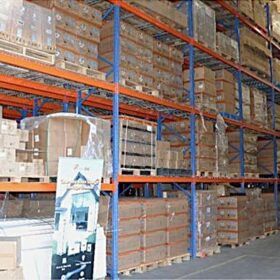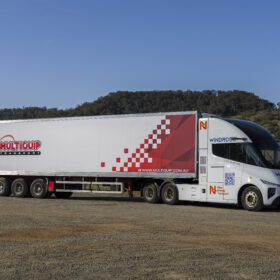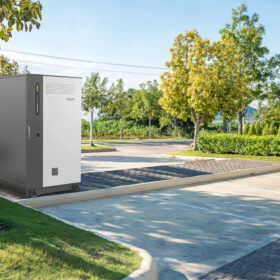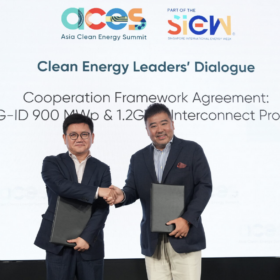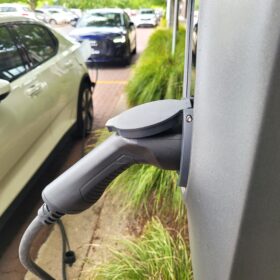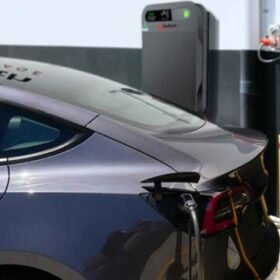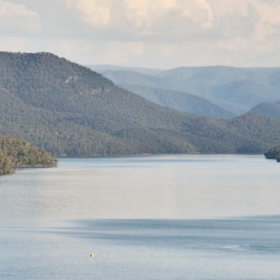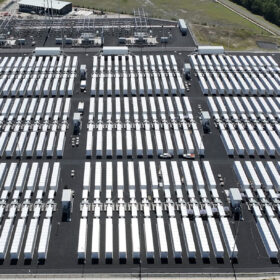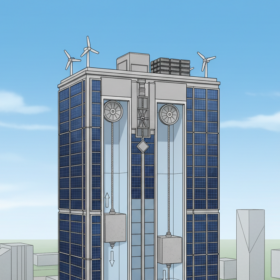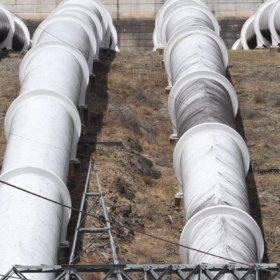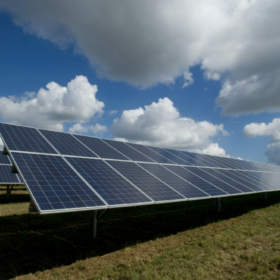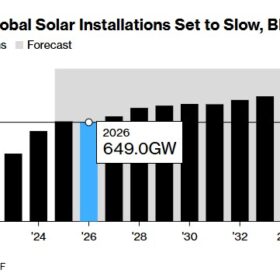Energy solutions manufacturer Felicitysolar opens Sydney warehouse
Chinese off-grid and hybrid solar energy storage solutions manufacturer Felicitysolar has established an office and warehouse in Sydney, New South Wales, stocked with its comprehensive range of residential and commercial products.
Electric truck achieves 480 kilometre delivery on single charge
Zero emissions trucking company New Energy Transport has demonstrated a 36-tonne heavy electric road freight delivery over 480 kilometres on a single-charge
Schneider Electric unveils 200 kWh C&I battery storage system
Schneider Electric has introduced a modular 200 kWh battery energy storage system for commercial and industrial (C&I) users, scalable up to 2 MWh across 10 units.
Singapore, China to supply solar-plus-storage power from Indonesia
Singapore’s Equator Renewables Asia (ERA) and China’s CRE International Co. Ltd (CREI) will jointly develop a 900 MW solar and 1.2 GWh battery project in Indonesia, with 400 MW (AC) slated for export to Singapore.
Victoria trials kerbside EV chargers for network constraint management
A ring-fencing waiver has been issued to electricity distributors CitiPower, Powercor and United Energy, to enable a kerbside electric vehicle charging trial in Victoria until mid-2031, which will include at least 5% vehicle-to-grid chargers.
RedEarth’s Australian-made V2G charger gets ready for market
Australian energy storage manufacturer RedEarth Energy Storage is set to bring its Australian-made vehicle-to-grid electric vehicle charge to market, and has also released two next generation products from its smart energy ecosystem.
White elephant? Hardly – Snowy 2.0 will last 150 years and work with batteries to push out gas
When Snowy 2.0 is in the news, it’s usually about money. The cost of the huge project has gone well beyond the initial $6 billion estimate and will now cost more than $12 billion.
Market backs big batteries as coal exit continues
Utility-scale batteries are rising to the challenge of guaranteeing network reliability as the clean energy transition continues, with Australia having now surpassed the United Kingdom to become the third-largest market for large-scale battery energy storage systems globally, behind China and the United States.
High-rise buildings could soon use gravity energy storage, say researchers
Researchers in Canada have proposed using gravity-based energy storage in high-rise buildings, in combination with photovoltaic facades, small wind turbines, and lithium-ion batteries. Their modeling indicated that this hybrid system could achieve a levelized cost of energy ranging from $0.051/kWh to $0.111/kWh.
Snowy 2.0 cost blowouts might be OK if the scheme stored power more cheaply than batteries. But it won’t
Two years ago, Snowy Hydro announced a reset for its troubled Snowy 2.0 giant pumped hydro project amid cost blowouts. The supposed final cost was $12 billion.
